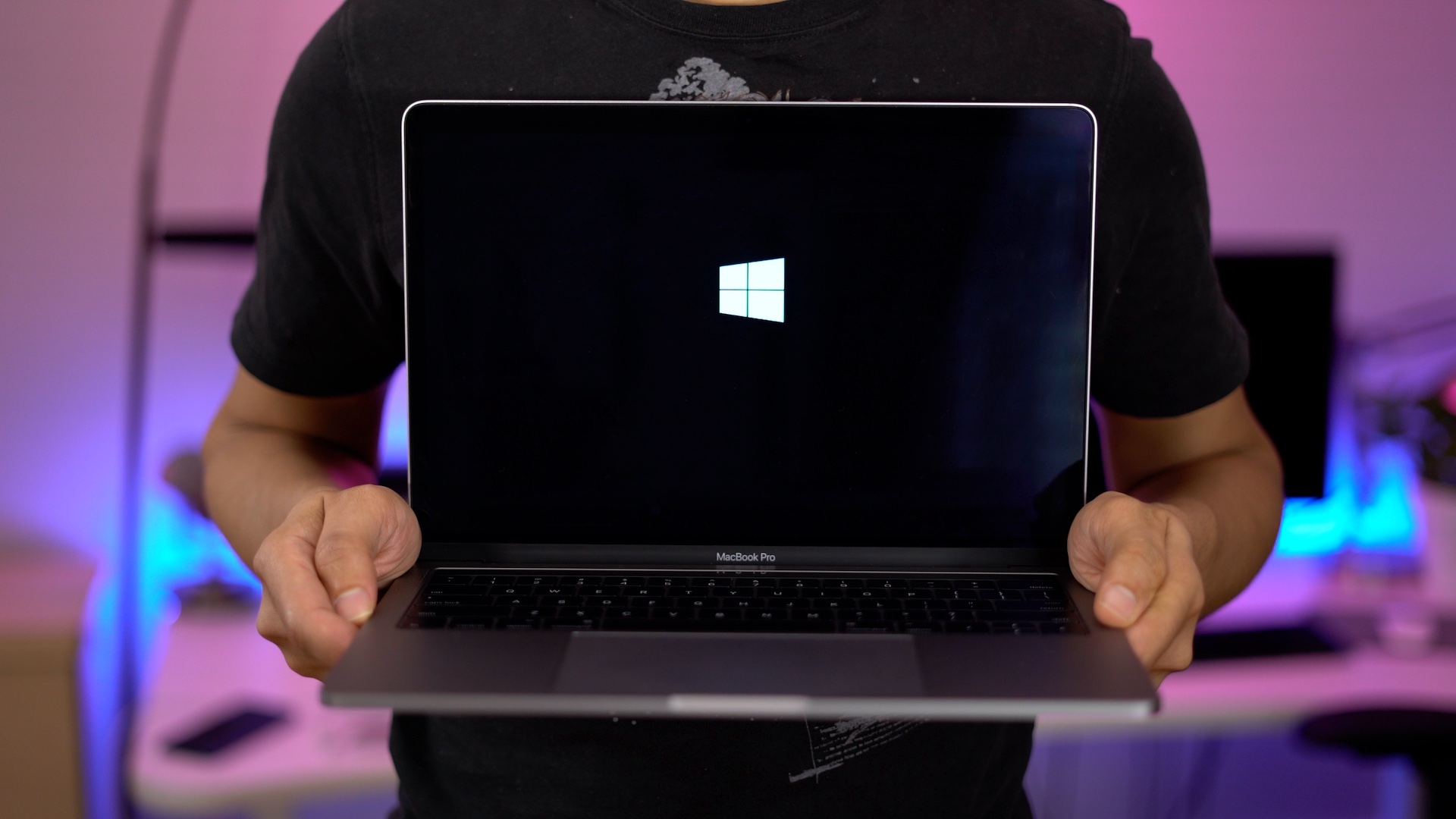

- #WINDOWS BOOT CAMP FOR MAC HOW TO#
- #WINDOWS BOOT CAMP FOR MAC INSTALL#
- #WINDOWS BOOT CAMP FOR MAC DRIVERS#
You can find more info here.Īfter Windows 10 is installed, you will be offered the Creators Update as a normal part of the Windows Update process, or you can trigger the update manually by booting into Windows 10, visiting the Windows 10 download siteand choosing “Update Now”.
#WINDOWS BOOT CAMP FOR MAC INSTALL#
Install Windows 10 using the Windows 10 Anniversary Update ISO media. Under Select Edition, choose the Windows 10 Anniversary Update that matches your edition.
/cdn.vox-cdn.com/uploads/chorus_asset/file/3914686/Screen_Shot_2015-07-28_at_1.35.31_PM.0.png)
#WINDOWS BOOT CAMP FOR MAC HOW TO#
Review the information under Before you begin, and how to create installation media. Note The download site detects what Operating System you are using, and will only give you the correct options to do this if you go to the site from a Mac. To clean install Windows 10 in Boot Camp, first download the Windows 10 Anniversary Update ISO: If you try to do a clean install of the Creators Update, you will get a Stop error with the code 0xc000000f in winload.efi. I suspect this is because the ASUS driver simply doesn't work right on a Mac Air (nor would I really expect it to).For a new installation of Windows 10 Creators Update on an Apple Mac using Boot Camp, you must first install the Windows 10 Anniversary Update using the ISO file, and then update to Windows 10 Creators Update. However, I wasn't able to locate any wifi networks, even though there are plenty around me. After that, the wifi adapter appeared in Windows Device Manager. I obtained a driver from ASUS and was able to successfully install it on my Mac Air. I tried obtaining another Windows driver for the Broadcom BCM4360, but according to this page it isn't used in many devices yet. The bcmwl6.inf file contains a number of Windows hardware IDs named PCI\VEN_14E4&DEV_43xx (where xx means various numbers and letters), but it does not contain PCI\VEN_14E4&DEV_43A0. (As I understand it, the 14E4 is the vendor ID, that is, Broadcom, and the 43A0 is the device ID.) The Windows hardware ID for this chipset is: Windows: PCI\VEN_14E4&DEV_43A0. More importantly, I can't find any reference to the Windows hardware ID of the Broadcom wifi adapter that's included in the Mac Air 2013.Īccording to this teardown, the Mac Air 2013 contains a Broadcom BCM4360. Inside the bcmwl6.inf file, I can't find any reference to Windows 8, only Windows 7. This file is dated as having been last modified on Dec 10, 2012, and Boot Camp was posted on Mar 14, 2013, both prior to when the Mac Air 2013 was released. I say this based on opening the driver install executables using 7Zip and looking at the contents.įor example, I opened BootCamp\Drivers\Broadcom\BroadcomNetworkAdapter64.exe and looked at the bcmwl6.inf file (that is, the setup information file for installing the driver).
#WINDOWS BOOT CAMP FOR MAC DRIVERS#
It seems to me that some of the drivers in Boot Camp are not recent enough to work with the new hardware on the 2013 Mac Air. I documented my experiences installing the Boot Camp drivers here, but that's just for background. However, some of the hardware, such as the wifi adapter, still does not have a driver installed. I'm able to boot to Windows without a problem. I have a 2013 Mac Air that is running Windows 8 64-bit from EFI, not using Boot Camp.


 0 kommentar(er)
0 kommentar(er)
